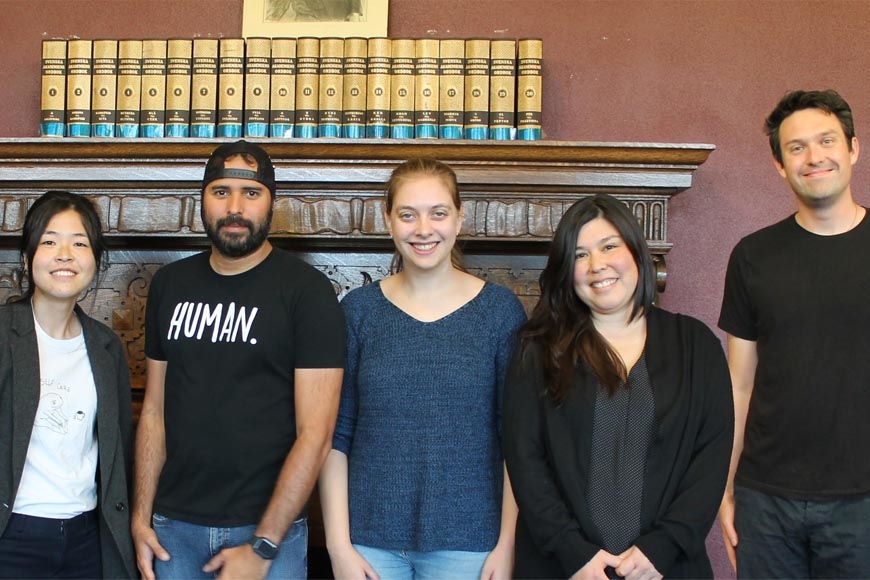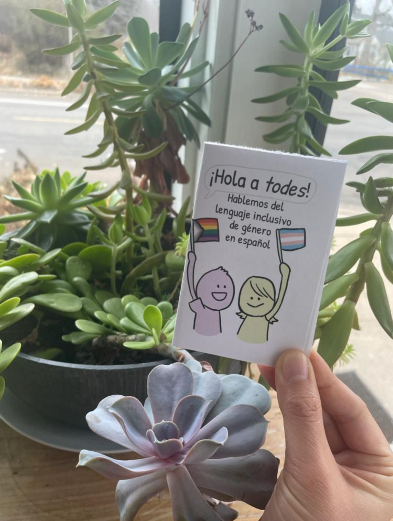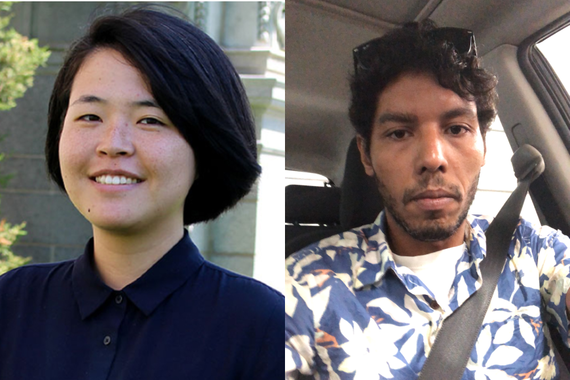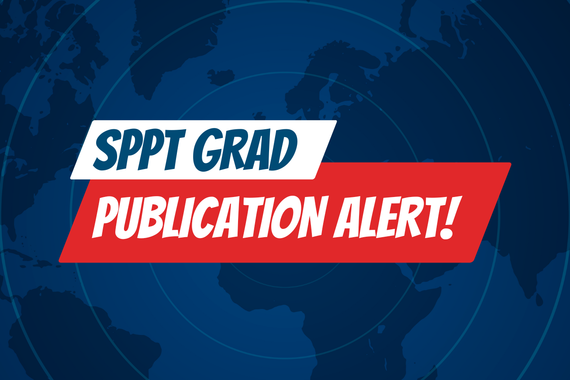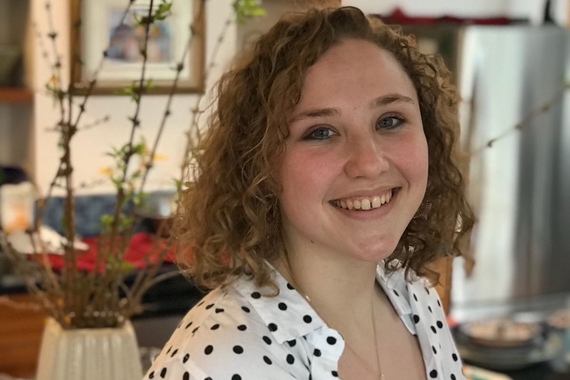The Power of Language in Shaping an Inclusive Classroom
In a world where language has the power to shape our perceptions and interactions, a pioneering group of students is challenging the status quo to ensure every voice is heard and respected. The Inclusive Language Instruction Research Group (LangIn, for short) was started in 2022 by six forward-thinking PhD students in the Departments of Spanish & Portuguese Studies (College of Liberal Arts) and Curriculum & Instruction (College of Education and Human Development). Established with an emphasis on promoting the use of gender-inclusive language, its members—Yoko Hama, Fernando González Lesniak, James Ramsburg, Camille Braun, Alejandra Takahira, and Jacky James—aim to foster collaboration among language instructors and create a safe learning environment for all students.
Since LangIn began, its members have largely focused on researching and raising awareness of gender-inclusive language. They’ve presented at a variety of events, including international conferences in Spain and the UK. More recently, they presented at the Center for Advanced Research on Language Acquisition (CARLA) here at the University of Minnesota.
Breaking New Ground
Initially set up solely to raise awareness of gender-inclusive language in the classroom, LangIn’s ambitions quickly expanded. The group now spends much of its time exploring available resources and conducting essential research, particularly on support for gender nonconforming individuals. One of their recent studies focused on teachers' attitudes and found that many teachers desire to include some kind of gender-inclusive pedagogy. Unfortunately, it also highlighted that doing so can be a significant challenge because it’s an under-studied topic.
These findings emphasize the importance of researching language acquisition and gender inclusivity. As LangIn navigates the dynamic landscape of language instruction, their short-term goals center on observing and understanding evolving language norms while consolidating their research findings into tangible resources. They are currently finalizing the transcript of their first research article and are determined to see it through to its publication. “We always talked about putting our work out there,” González Lesniak says. Their current student outreach includes tabling at events and giving presentations for high school and undergraduate students as well as a workshop for instructors.
“Some people have changed their minds regarding gender-inclusive language and started to embrace it in their teaching,” Hama says. “There’s been a push in general about creating a more inclusive space and how to actively support and welcome gender diversity in the classroom,” González Lesniak adds. Their long-term research aspirations involve spearheading larger-scale studies to drive systemic change around gender-inclusive language.
The Fluidity of Language
LangIn recognizes the fluid and sometimes unpredictable nature of language and its ever-changing norms. Its members also take into account how linguistic norms are shaped and influenced by a complex interplay of cultural and social factors. What is acceptable today may be viewed differently in the future, or what is seen one way in some places may be viewed differently elsewhere. For example, take the use of inclusive language in Spanish. According to LangIn, a noticeable phenomenon has been its more widespread acceptance by certain groups in Argentina, Spain, and the US than in other parts of the Spanish-speaking world.
The members of LangIn are keenly aware of these shifts and differences as they work to navigate a terrain where the boundaries and standards of linguistic inclusivity are being constantly redrawn. “The way people use language changes, so one long-term goal would be to keep observing what's going on in the world,” Hama explains.
Through their research and advocacy, they seek to illuminate the ever-shifting landscape of linguistic norms and work towards a vision of language that fosters inclusivity across all contexts.
Looking Forward
As they approach graduation, LangIn’s six members don’t know where the future will take them. What is certain, however, is their steadfast commitment to LangIn and its values as they aim to continue this work wherever they end up. LangIn urges people to not only reflect on their use of language but to also actively engage in initiatives that promote inclusivity and respect for all gender identities.
“For language instructors specifically, seek out opportunities like the ones we provide on how to bring it into your classroom,” Ramsburg says. ”It’s a positive for everyone in the classroom. Especially in creating those welcoming spaces and having a positive impact on students. Our job is to help instructors get on board and figure out how to integrate [gender-inclusive language] into their curricula.”
How do you recognize gender in Spanish?
Most nouns and adjectives ending in -o are masculine while those ending in -a are feminine.
Examples:
- El niño (the boy)
- La niña (the girl)
- Las niñas (the girls)
Los niños (this is used for both 'the boys' as well as 'the kids' since masculine is the default gender-neutral for when there is at least one boy in the group, even if the rest are girls. This is an example of the way in which gendered language can play a factor in cultural norms such as machismo).
Another example of the way this heavily gendered language can influence social and cultural norms is the term nonbinary:
- No binario (masculine use of nonbinary)
- No binaria (feminine use of nonbinary)
Inclusive language tends to use either -x or -e as replacement for the traditional, exclusionary -o and -a, though it’s less widespread in some places than in others.
Inclusive form for nonbinary: No binarie
Learn More
- Find ways to get involved by visiting the LangIn website.
- Learn about the PhD in Hispanic & Lusophone Literatures, Cultures & Linguistics.
- LangIn’s work is supported by the Women’s Center. Learn more about their work advancing gender equality across identities by visiting the Women’s Center website.
This story was written by Regina Ramos-Francia Ylizaliturri, an undergraduate student in CLA.
